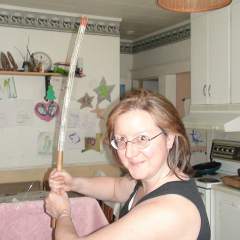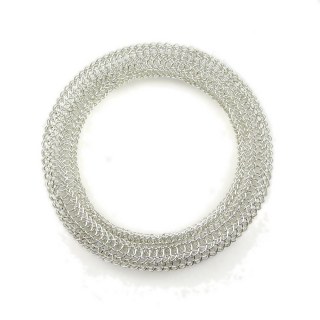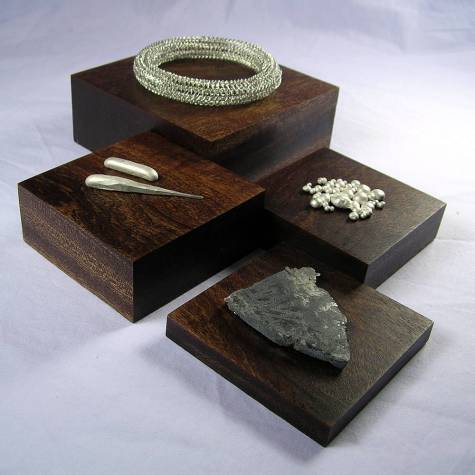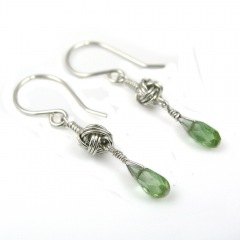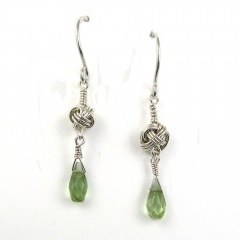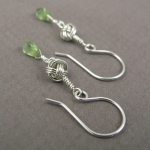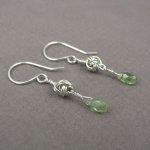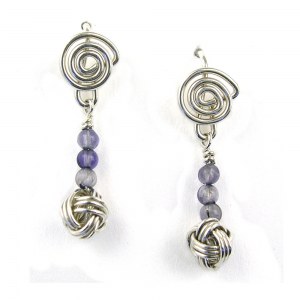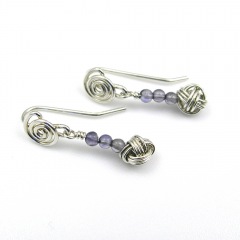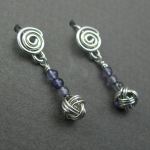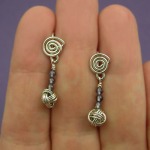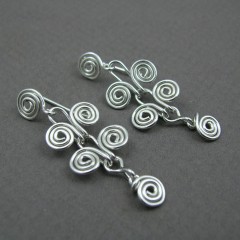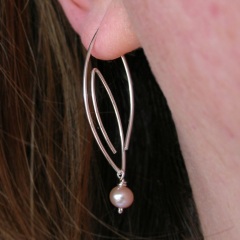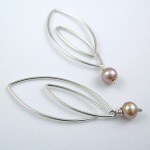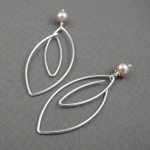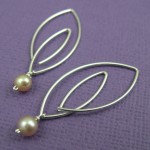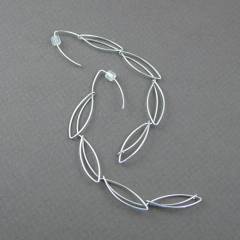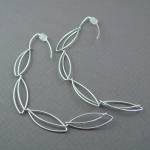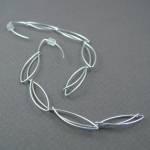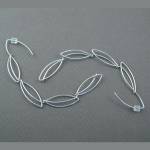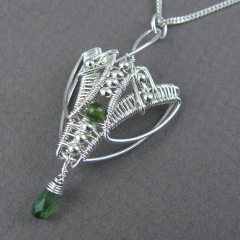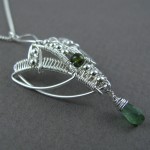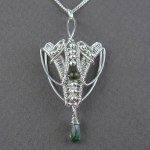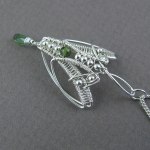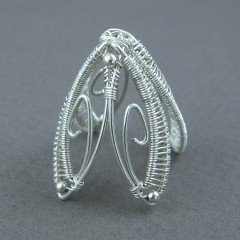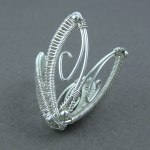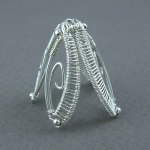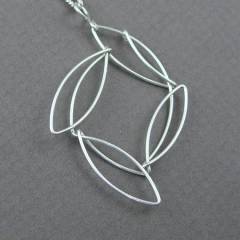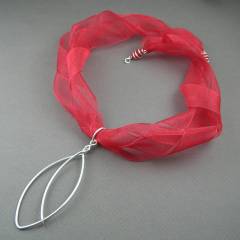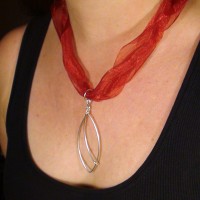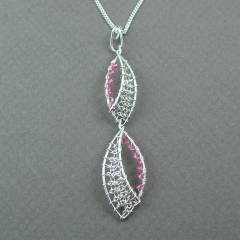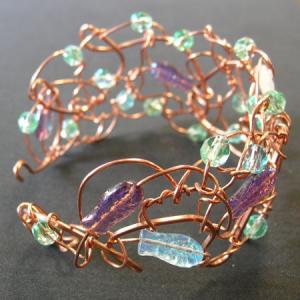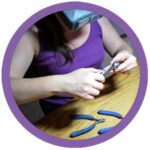[galleryview id=31]
Breathe Scent Box (2011)
Copper, fine silver, sterling silver
Constructed, coiled, woven, cold-joined
H: 2.0 cm x W: 2.6 cm x D: 2.96 cm
Alright… I’m back… sort of…
I got hit with a perfect storm of personal and professional chaos in May, and my weekly postings to YOJ were the casualty. *sigh*
This piece, created for the upcoming HSTA Faculty Exhibition, is the only wire my hands have touched in the last month. It’s one of those pieces that has had to lend itself to being picked up and put down frequently while I deal with other pressures.
This year’s theme is “Breathe”. Years ago, during a conversation with a friend about being overworked and looking forward to a time when we’d be able to come up for air, I deadpanned “Breathing is overrated,” and then quipped about how that would make a really good epitaph for my headstone. The comment laid us both completely flat with laughter.
She reminded me of the conversation a couple of weeks ago when we were talking about all the “stuff” going on in our lives. This time she made the observation that it just seems to be part of my nature to throw myself into lots of projects at the same time. It’s true. I thrive on deadlines. However I’ve noticed a change in the last year or so in how I’m reacting: I seem to have developed insomnia. I regularly wake up after only a few hours of sleep, unable to shut off my brain, which spins with thoughts of all the things I need to get done.
I’ve come to realize that I do, in fact, need to breathe and relax.
This insight was reinforced as I was transcribing an interview I did with Dee Fontans, who teaches in the Jewellery Metals Program at Alberta College of Art & Design. We talked about the need to find balance between work and play, about re-energizing and feeding the muse. It’s something she struggles with as much as anyone else. [1. My interview with Dee Fontans will appear in the 2011: Two “College Review” issue of MAGazine, which is scheduled for release later this month. The audio of the interview will be available online after the issue comes out.]
So, I’ve recently started making a more conscientious effort to slow down, go for bike rides, and take notice of Spring. And breathe.
With the lilac and lavender in my front yard coming into bloom, giving off a wonderful perfume, my thoughts focused on how to carry that scent with me. I continue to be obsessed with containers, so I decided I would make a little box for holding a sachet of herbs or perfumed salts. Lavender, in particular, is supposed to be good for helping with relaxation and sleep.
One thing I wanted to experiment with was patterning. Years ago when I visited the Acoma Pueblo in New Mexico, I was really impressed with the patterns the inhabitants carved and painted onto their pottery. Likewise, I was struck by the patterning on the First Nations baskets I saw in BC. I was able to incorporate a triangular pattern on the rim of the bottom half through a structural change in the coiling of the basket. Because I knew it was going to spin while being worn, I also added decorative elements on the base and top. So there’s lots going on.
Of course, now that this piece is done, I have ideas for a half dozen other pieces, but those will have to wait.
I still have to catch my breath.
.
.
The Haliburton School of The Arts Faculty Exhibition 2011 will take place from July 2 to August 5, 2011 at the Rails End Gallery & Arts Centre, 23 York St., Haliburton, Ontario. Faculty will participate in a weekly meet & greet at the gallery on Tuesdays from 4:30-6:00 p.m.
.

